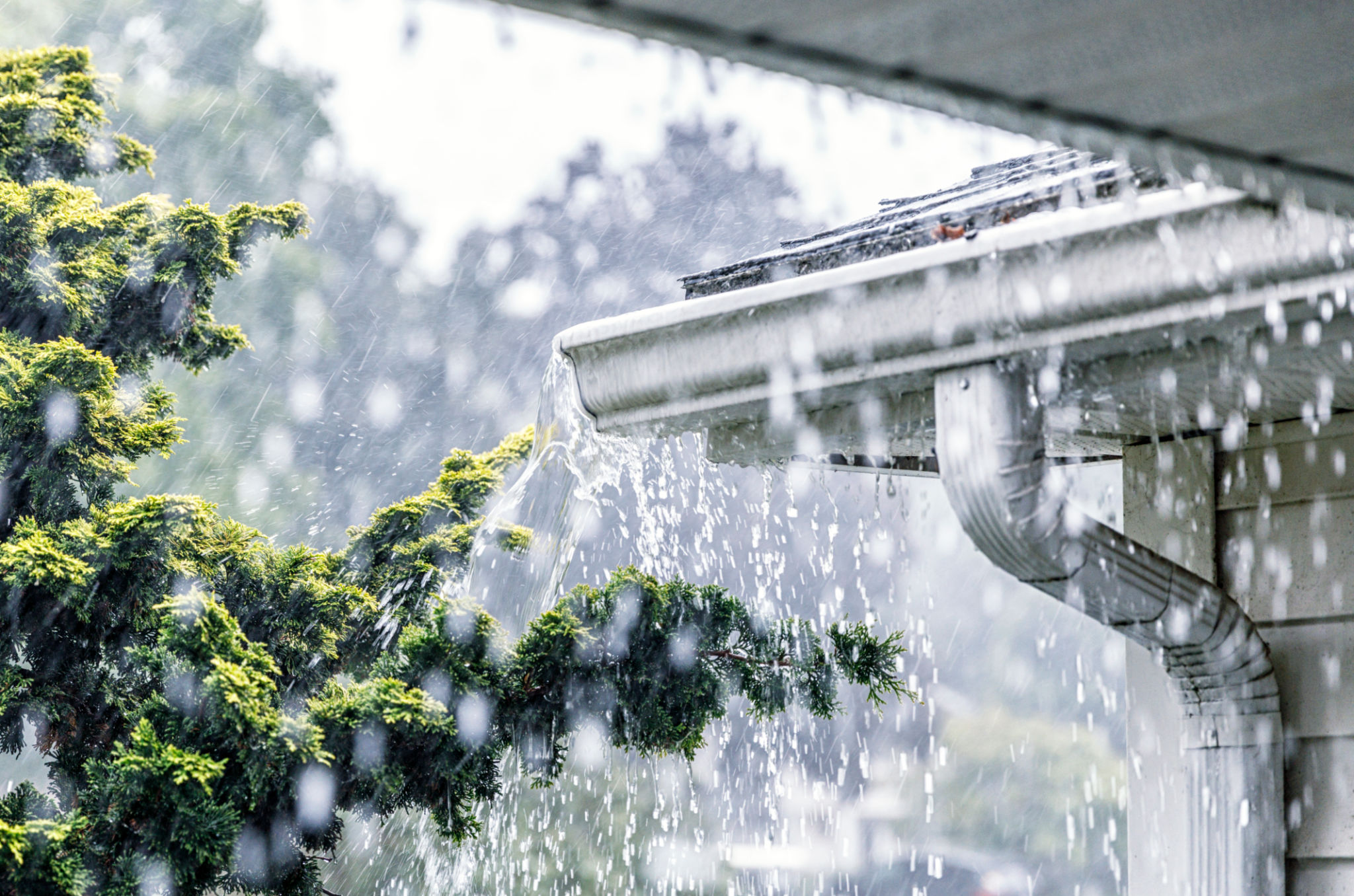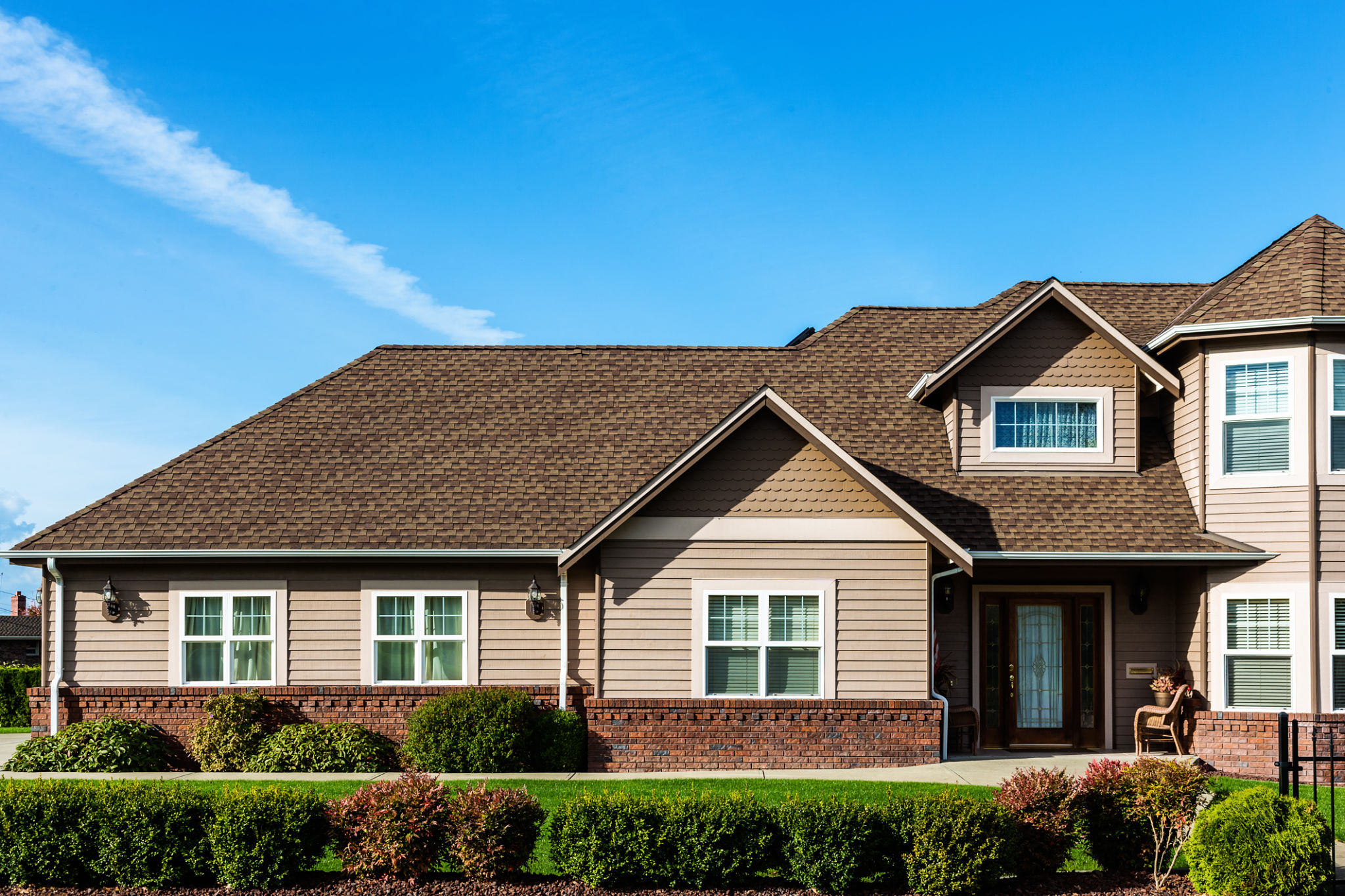How Seasonal Changes in Michigan Affect Your Roof
Introduction to Michigan's Seasonal Impact on Roofs
The diverse climate in Michigan presents a unique set of challenges for homeowners, particularly when it comes to maintaining the integrity of their roofs. From heavy snowfalls in the winter to intense summer heat, each season brings its own set of conditions that can affect roofing materials and structures. Understanding how these changes impact your roof can help you take proactive measures to extend its lifespan and safeguard your home.

Winter: The Challenge of Snow and Ice
Winter in Michigan is notorious for its heavy snowfall and frequent ice storms. The accumulation of snow on your roof can lead to increased weight, which may stress the structural components of your roofing system. Moreover, the formation of ice dams—caused by melting snow that refreezes at the roof's edge—can cause water to seep under shingles, leading to leaks and potential water damage inside your home.
To combat these issues, it's important to ensure proper insulation and ventilation in your attic to prevent heat from escaping and causing snow to melt unevenly. Regularly clearing snow from your roof and using ice melt products can also help reduce the risk of ice dams.
Spring: Rain and Potential Water Damage
As temperatures begin to rise, the transition from winter to spring often brings heavy rain showers to Michigan. This increased rainfall can reveal any weaknesses in your roof's structure or previous damage caused by winter conditions. Leaks are more likely to occur if shingles are missing or damaged, or if flashing around chimneys and vents is compromised.

Conducting a thorough inspection of your roof after winter can help identify problem areas that need attention. Addressing these issues early on can prevent minor leaks from turning into major water damage.
Summer: Heat and UV Exposure
During the summer months, Michigan experiences high temperatures and increased exposure to ultraviolet (UV) rays. These conditions can cause roofing materials, especially asphalt shingles, to deteriorate over time. Prolonged heat exposure can lead to cracking, warping, and loss of granules, which are crucial for protecting the roof from further UV damage.
To mitigate the effects of summer heat, consider using reflective roofing materials that help reduce heat absorption. Additionally, regular maintenance such as cleaning debris from gutters and ensuring proper ventilation can aid in keeping temperatures down within the roofing system.

Fall: Preparing for the Cold Months Ahead
Fall is an ideal time for homeowners in Michigan to prepare their roofs for the upcoming winter. As leaves fall from trees, they can clog gutters and downspouts, leading to water buildup and potential damage. It's essential to clean gutters thoroughly to ensure proper drainage during winter storms.
This season is also a prime opportunity to schedule a professional roof inspection. Roofing experts can assess any wear and tear from summer and make necessary repairs before the harsh winter weather sets in. Being proactive in fall maintenance can save you from costly repairs later on.
Conclusion
The changing seasons in Michigan present unique challenges for roof maintenance, but with careful attention and timely interventions, homeowners can protect their investment and ensure their roofs remain in top condition throughout the year. By understanding how each season affects your roof, you can take the necessary steps to prevent damage and prolong its lifespan.